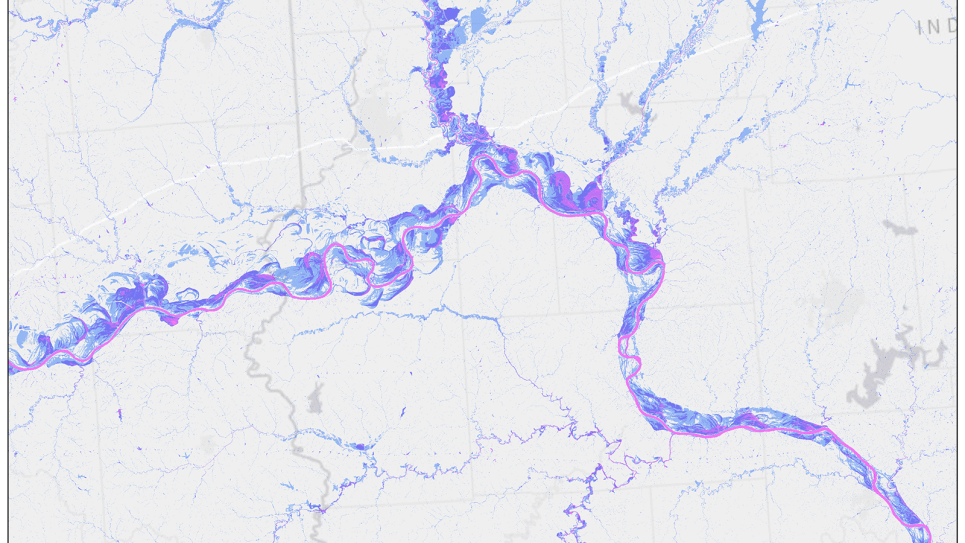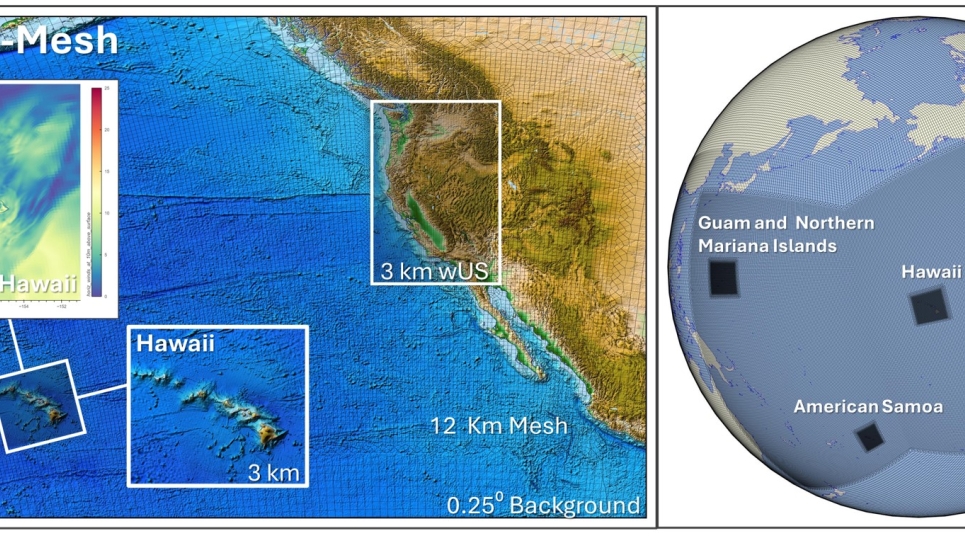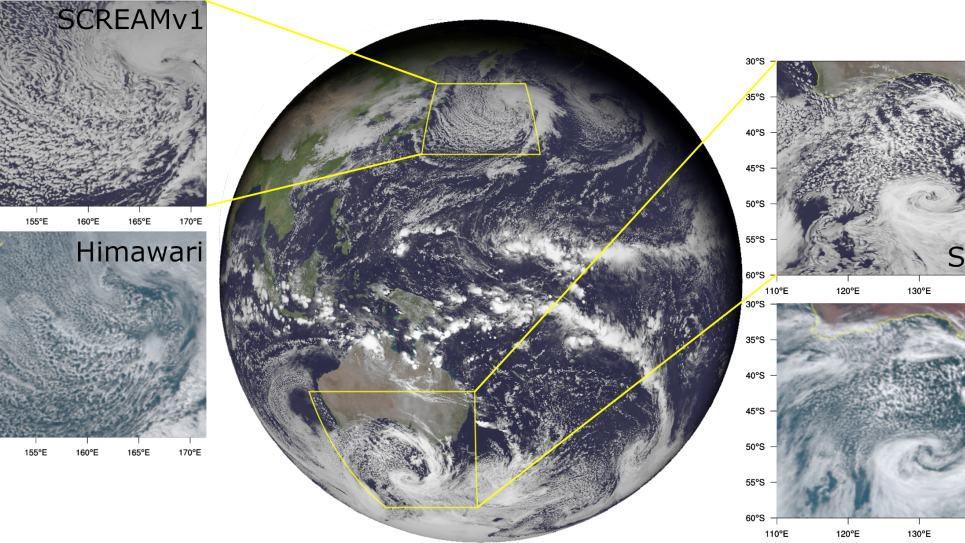Reliable projections of climate are vital for science and policy decisions relating to climate change mitigation and adaptation. Advances in our understanding have enabled the development of increasingly sophisticated Earth System Models (ESMs), but model predictions are still hampered by uncertainties in the representation of some key processes. One key source of uncertainty is modeling Arctic carbon release. Arctic and sub-Arctic soils have been a net sink of carbon for thousands of years and currently contain approximately 1700 billion metric tons of frozen organic carbon, approximately 200 times the annual anthropogenic release. This vast amount of frozen carbon is vulnerable to release to the atmosphere in the form of carbon dioxide and methane as Arctic temperatures warm. The timing and rate of Arctic carbon release to the atmosphere is therefore a critical uncertainty in understanding the trajectory of the Earth’s climate system. This project will increase confidence in ESM predictions by improving the representation of biogeochemical processes in Arctic tundra ecosystems. Using a set of nested model sub-domains, the project will conduct a series of simulations of permafrost - affected landscapes within an ‘upscaling/downscaling’ framework. By upscaling the results from small-scale models we hope to optimally inform process representations at the global climate model scale; by downscaling results from the global climate model scale, we hope to provide appropriate large-scale context for simulations conducted at smaller scales. The ultimate goal is to improve the representation of Arctic eco-climatological processes at the scale of a high-resolution Earth System Model and advance the reliability of climate change projections.


